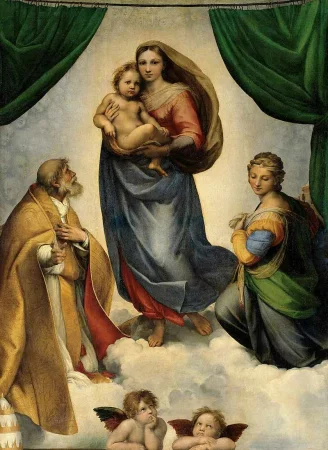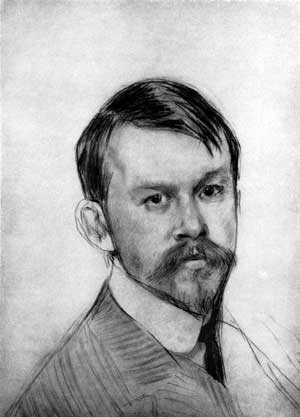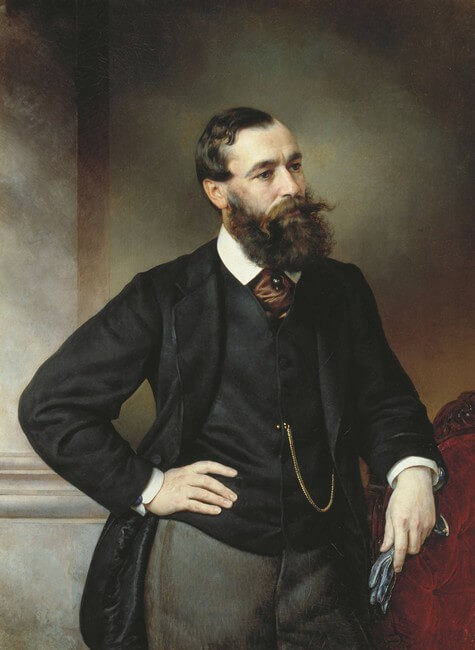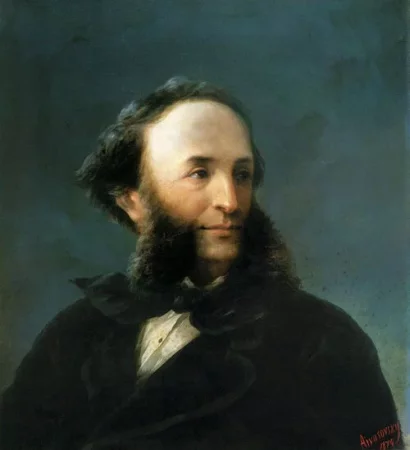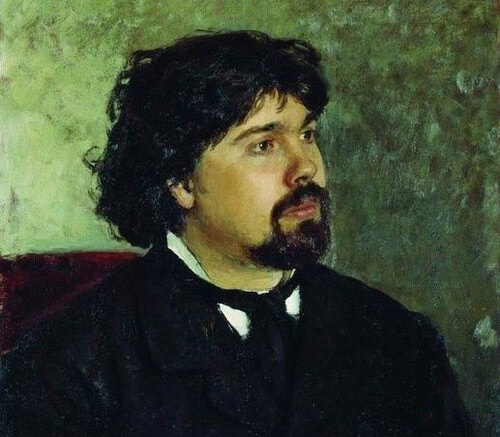Painting "The Sistine Madonna", Raphael - Meaning and Analysis
The Sistine Madonna - Raphael Santi. Canvas, oil. 256 x 196 cm
“The Sistine Madonna” is quite an impressive canvas (2.56 by 1.96 m), created by Raphael Santi at Pope Julius II order in 1512-13. The work was originally intended for the altar of the church of St. Sixtus II, and it is currently kept in the Old Masters Gallery of Dresden.
On the painting, Madonna is depicted in the center holding the baby in her arms, and next to her are two saints worshipping her (on the left is St. Sixtus, looking at her with adoration). The Mother of God is looking a little sad, due to realizing the kind of sacrifice she will have to make.
Nevertheless, her image is divine and stately, she steps on the clouds, barely touching them, and in the background of the picture one can see the faces of angels in a bluish heavenly haze. She seems to rise above the other figures, as well as above the viewer.
Kneeling St. Barbara (depicted on the right) sorrowfully eyes down to the ground where Jesus would later be crucified. And at the very bottom of the painting, there are two angels looking at the Madonna, more like little elves.
The green curtains on the sides seem to be a little strange detail, but as per one of the suppositions, the work was painted for the funeral ceremony of Pope Sixtus IV and was expected to be located behind the coffin in a small recess behind the portieres.
The other version implies that the painting was ordered for the main altar, with the purpose of imitating a window in the center of the apse (as a rule, this is a semicircular recess made the in church architecture just behind the altar).
Another unusual thing is that Raphael used canvas for this painting, although he preferred wooden boards. No one succeeded in finding out the reason for this choice of the artist, but they said that it was originally painted with the expectation that it would be subsequently moved.
“The Sistine Madonna” became one of the most outstanding masterpieces of the Renaissance in the whole world and is one of the most esteemed works.
Comments (0)
Top
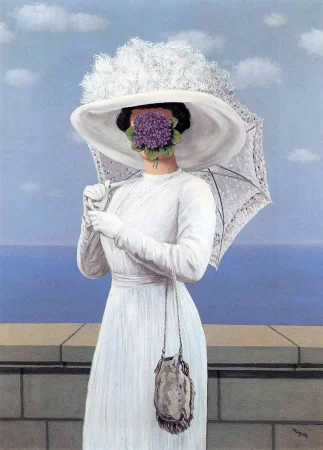 Painting The Great War, Rene Magritte - Meaning and Analysis
Painting The Great War, Rene Magritte - Meaning and Analysis
The Great War - Rene Magritte. Canvas, oil. 81 x 60 cm...
10.10.23
1 086
0
 The man in the bowler hat, Rene Magritte
The man in the bowler hat, Rene Magritte
The man in the bowler hat - Rene Magritte. Canvas, oil. 70 x 50 cm...
06.09.23
2 725
0
